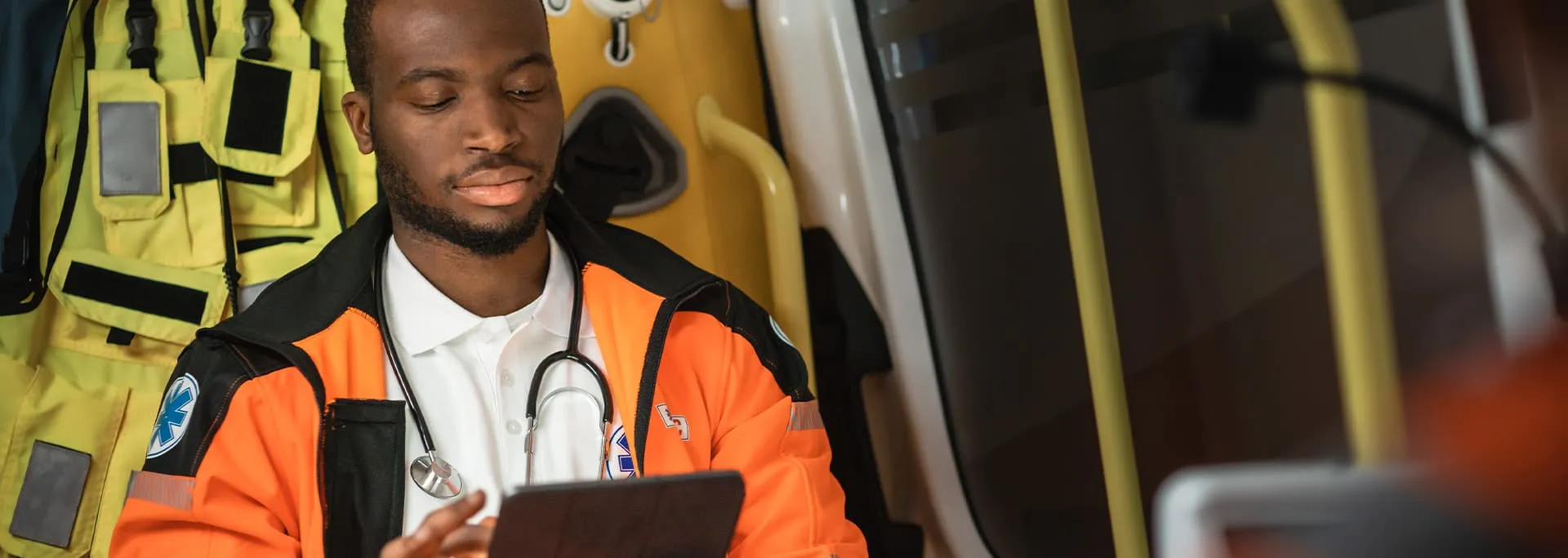The FDA defines real-world data (RWD) as “data relating to patient health status, or the delivery of health care routinely collected from various sources.” Such sources include electronic health records (EHR), registries, claims, pharmacy data, and information gathered from wearables and mobile technology. RWD contrasts with data collected in the tightly controlled environment of clinical trials.
The clinical data derived from the actual use of any medical product or process informed by RWD is called real-world evidence (RWE).
RWD/E is gaining traction throughout the healthcare industry as most healthcare payments are becoming connected to value and quality in some form. This new value-based care model rewards providers on the quality of their care rather than the number of endless tests and procedures that may not improve health outcomes. Like other value-based programs, the Enhancing Oncology Model (EOM) is an evidence-based process, and RWD/E can be leveraged to provide that evidence to determine what works and what needs improvement. This is the heart of precision medicine, allocating resources where they will deliver their best results.
Value of RWD/E for Oncology
Any rational decision-making process involves considering relevant data, but what does leveraging RWD/E mean for oncology?
Cancer treatment is complex, and all patient-centric (gender, race, age, biomarkers, comorbidities) and cancer-specific (tumor staging, pathology, progress) factors must be accounted for. There is no one-size-fits-all solution. That’s where RWD/E comes in. Using modern digital data systems, relevant data can be analyzed and translated into action.
Let’s take a look at how RWD/E applies to different sectors of the healthcare industry related to oncology:
Hospitals and health systems can leverage RWD/E to analyze different care and clinical models according to their outcomes and improve based on the evidence. Administrators can compare the quality of their performance to metrics from other organizations and benchmarks and identify areas needing revision.
Payers can use RWD/E to gain insight into the actual costs of care. As a simplistic example for oncology, a cancer drug at a competitive price may appear to perform well initially but be ineffective in reducing readmissions, thus costing more in the long run than a different treatment. RWD/E can also demonstrate how diverse patient populations respond to other therapies, allowing payers to promote solutions that deliver the highest value at the lowest cost.
The FDA already encourages life science organizations to use RWD/E to confirm the efficacy of medicines developed in clinical trials. Congress has mandated the increased use of RWD/E for regulatory decision-making, which is already paying off. In oncology, evidence from RWD/E recently approved a bi-weekly cetuximab-dosing regimen. Previously required weekly visits ate up time and resources unnecessarily. RWD/E also provides insight into patient sub-populations, allowing medicines to be marketed where they will be most valuable.
Given the associated advantages, all healthcare stakeholders would do well in embracing RWD/E to inform decisions in everything from treatments to billing. Partnering with a trusted RWD technology vendor with extensive experience in your specialty will put you above the rest.
Sources:
https://www.fda.gov/about-fda/oncology-center-excellence/oncology-real-world-evidence-program
https://www.fda.gov/media/120060/download
https://www.aha.org/sponsored-executive-dialogues/2022-09-21-creating-sustainable-health-first-model-value-based-care
https://www.cms.gov/Medicare/Quality-Initiatives-Patient-Assessment-Instruments/Value-Based-Programs/Value-Based-Programs
https://www.cms.gov/newsroom/fact-sheets/enhancing-oncology-model
https://www.fda.gov/science-research/science-and-research-special-topics/real-world-evidence
https://www.congress.gov/114/plaws/publ255/PLAW-114publ255.pdf
https://www.ajmc.com/view/what-s-next-for-real-world-evidence-in-oncology-
.jpeg)





